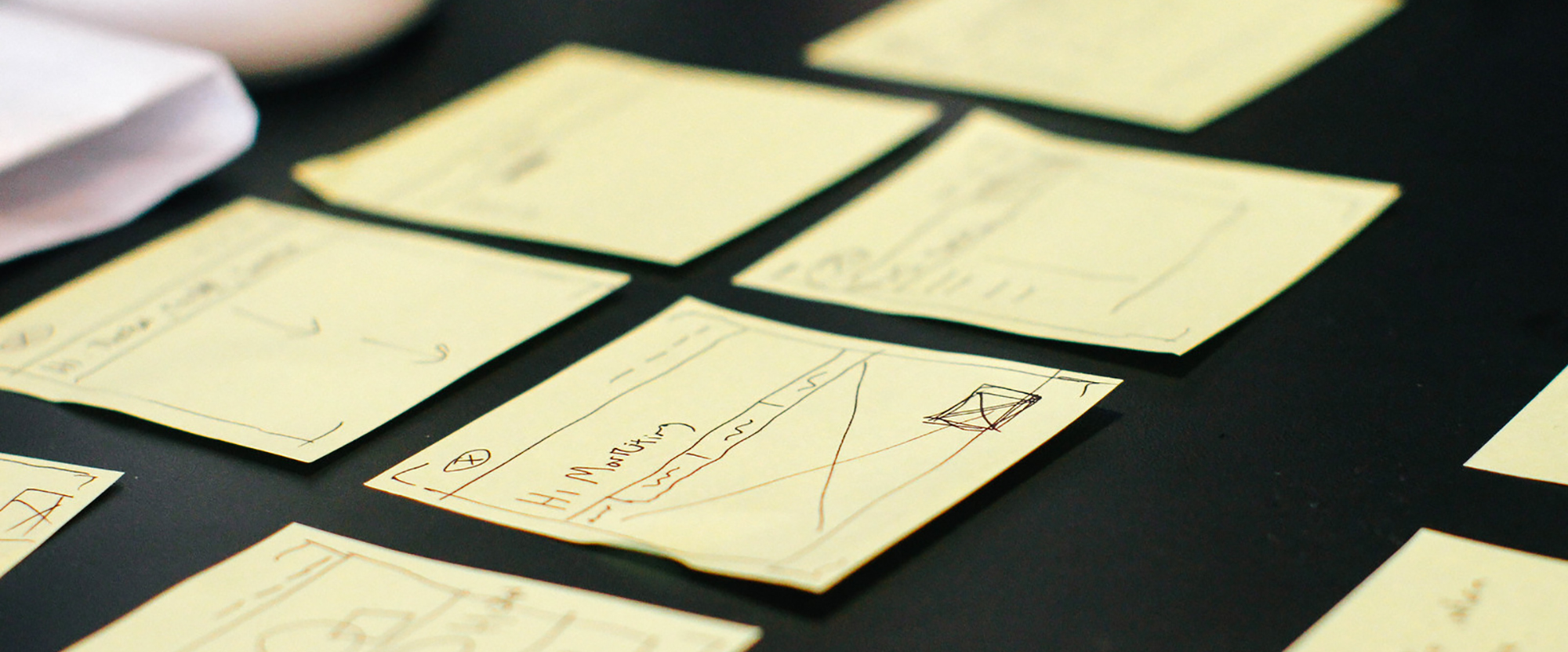The Creative Spark

This past weekend, I had the opportunity to speak on a panel at the Lit College Tour at San Diego State University. This was a fun experience (as I’ve not done much speaking prior to this event) that forced me to explain a process I’ve always felt I just did but never really thought about how.
Now, having gone through the exercise on my own and shared my ideas alongside other industry minds, I wanted to outline in a somewhat similar flow as we had with our panel over the weekend.
Brainstorming
How does one brainstorm and come up with creative ideas, strategies and campaigns? Is there a special way that agencies and professionals approach brainstorming to bring out the creative magic?
Before any creative magic can happen, it’s critical to acquire a deep understanding for what you’re seeking to achieve: the product or service being described, the end-user in detail, the pains and joys that come from using the products and services, our unique proposition, and the ultimate end goals. Creativity is only useful when it results in a new or better way of achieving the desired result; without this purposeful direction, it’s merely just imagination.
Now to the creativity. The truth is that nobody can quite define or say what sparks that creative idea or moment, but one thing most agree on is that these moments happen when you least expect it. Knowing this, we can summarize the brainstorming as a step in the process, but it’s not the leading step.
This segways into the next point.
Process
Defining the process goes like this: learn as much as you can, step away and inspire that creative moment, come together to collaborate on ideas and concepts, implement, test and refine.
- Understanding
- The Customer
- The Customer Journey and Path to Purchase
- The Devices Used
- The Decision Process and Time
- The Pain Points
- The Products and Services
- The Goals
- What Would Success Look Like
- Inspire Creativity
- Go About Your Days
- Play
- Use Products and Services in Daily Life
- Think About Process
- Ignore the Process
- Listen to Music
- Walk in the Park
- Collaboration
- Share Ideas
- Test Ideas Through Process of Building and Refinement
- Define Criteria for Moving Forward or Cutting Concepts
- Select Finalists
- Decide Based on Project Needs
- Implement
- Launch Campaign
- Integrate Tracking
- Test and Refine
- Learn
- Modify
- Update
- Repeat
Developing Creativity
This point is often accompanied with the claim that some people are just more creative than others or that some see themselves as more creative and therefore look for creative opportunities. I believe that creative thinking can be practiced, and everyone can be more creative just through the process of looking for the opportunity. I also believe that some are just more naturally able in this area.
Creativity is more simply described as the ability to look for unique solutions to existing problems. Wouldn’t you agree that there are some just more adverse to risk taking, while there are others that tend to follow the rules? Although those truths exist, everyone, including the more naturally creative minds, can leverage a few steps in their daily life that will increase the capture of creativity.
- Take Comfort in the Process – Understand that there’s no need to be right and that you’re going to find a number of ways how not to do something.
- Take Notes – As the earlier reference mentioned, creativity happens when you least expect it. Today with smartphone technology, everyone has a ready-to-use note pad. If that genius moment hits, grab your phone and jot it down. All too often, we think of an idea without taking full note of the concept, and when we try to go back to it, it’s gone or fuzzy at best.
- Testing – Once you begin documenting the ideas, you will need a process for testing to see what potential the ideas have, without coming straight out and asking what someone thinks. I tend to ask coworkers questions without asking what they think of my idea. I ask about the problem this idea would solve, if there is pain in the process or if something is cumbersome.
- Idea Challenge – To begin getting accustomed to creating ideas, challenge yourself to daily or weekly tasks of creating ideas. These don’t have to be great or even good ideas, it’s just about moving through the process.
- Break Something – One trait that’s been traced back to the youth of some of the greatest thinkers throughout history is their desire for breaking things in childhood. As someone who shares this same desire, I can say firsthand that it’s about the curiosity of how something works. The more you know about the world, the more you can take ideas from one place and apply that thinking in another way to solve completely unrelated problems.
- Live Life, Have Fun, and Play – This summarizes a few points. Creativity happens when you least expect it; the more you know and understand of the world, the more creativity will flow. The art of play has a known place for innovative thinking, and all of these ideas point to getting out, living and having fun.

To reiterate, collaboration isn’t the beginning step in the creative process, but it is absolutely a critical one. Ideas aren’t benefiting anyone until they’re shared, refined and brought into the world. This happens through the process of collaboration.
The work environment at Tower33 is something we refer to as “creative,” but what exactly does that mean? To us, it means that we welcome creative thinking and new ideas, and that our focus is on the end result without being tied to one way of doing things if a better way exists. We encourage play. We promote the living of life. We promote education, learning, stewardship and volunteering, all which encompass a rounded and engaged life.
“We make it a top priority to remove things from the environment that can reduce the ability for creativity.”
These same principles were used and made more famous by Steve Jobs at the campus for Pixar Studios. Foster a community environment, promote creative thinking, and good things will happen.
Recap
Being creative is something everyone can share. Get in the game by thinking beyond the walls and boundaries that exist today. It’s said that no ideas come out that haven’t gone in. Experience the world in every context you can, and ideas will cross-pollinate every area of your world allowing for the creative spark.
